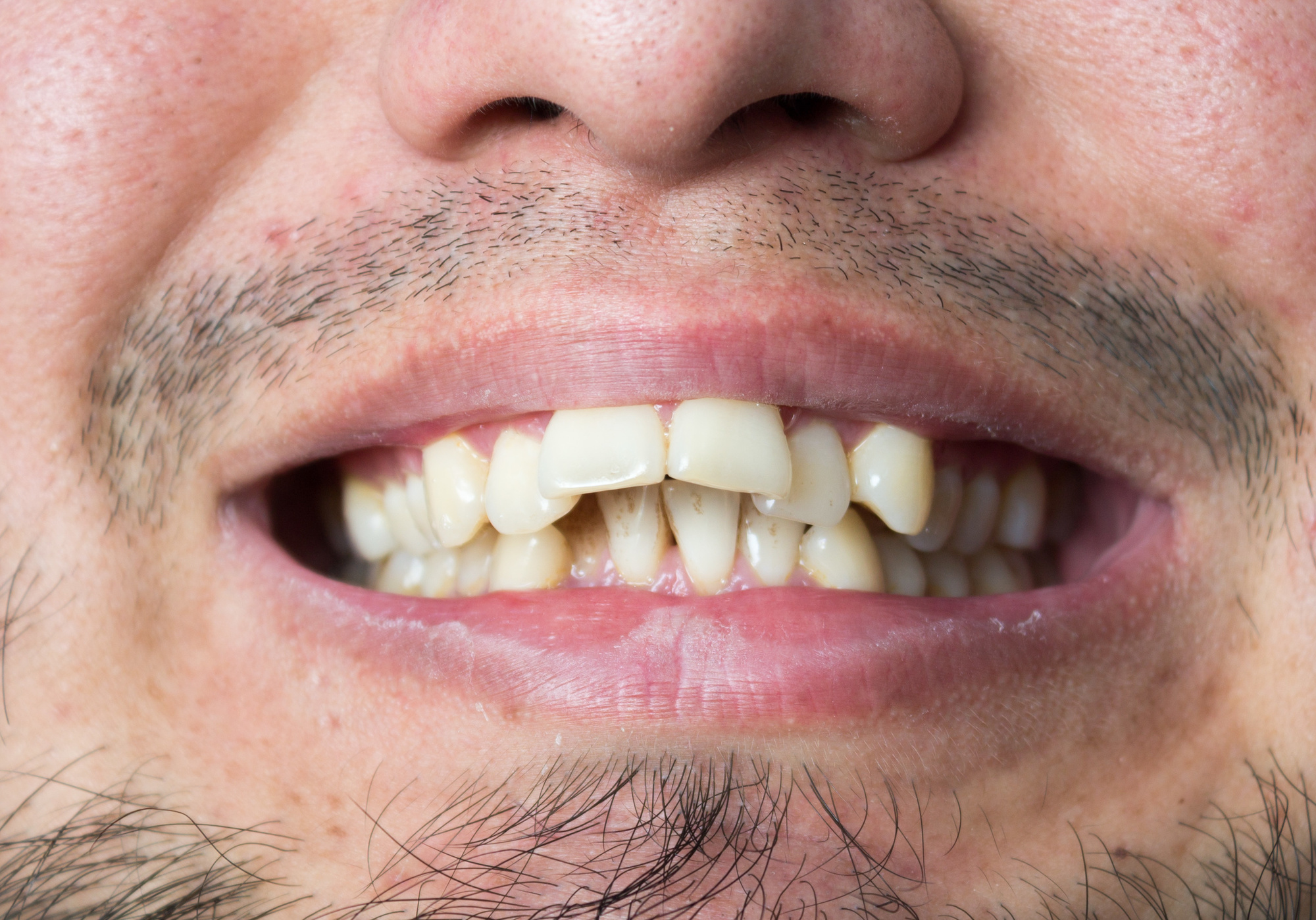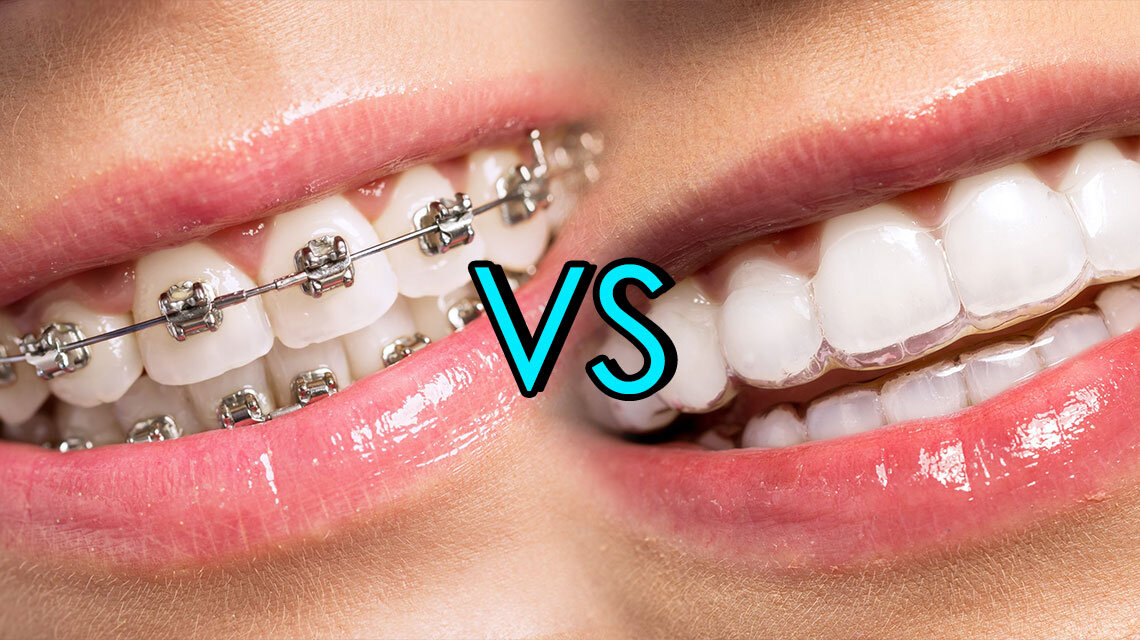The Expense of Invisalign: Understanding the Investment in Your Smile
The Expense of Invisalign: Understanding the Investment in Your Smile
Blog Article
Invisalign vs. Typical Dental braces: Which Choice Is Right for You?
When taking into consideration orthodontic therapy, the option in between Invisalign and standard dental braces offers numerous essential factors that warrant mindful analysis. Invisalign supplies a very discreet option with removable aligners, while traditional braces provide a much more visible yet efficient solution for serious misalignment.
Introduction of Treatment Options

In contrast, traditional dental braces include metal braces and cables that are bound to the teeth. This approach applies continual stress in time to attain positioning. While efficient for complicated orthodontic concerns, typical dental braces require normal sees for changes and can posture difficulties in preserving oral health due to the problem of cleansing about wires and braces.
Both options have their values, and the choice usually depends upon certain dental conditions, way of life preferences, and client conformity. Inevitably, getting in touch with an orthodontic expert is crucial for determining the most ideal treatment plan tailored to individual requirements. Recognizing the nuances of each option can significantly influence the general success of orthodontic treatment.
Visual Considerations
A significant aspect affecting the choice in between Invisalign and traditional dental braces is the aesthetic allure each treatment provides. Invisalign aligners are crafted from clear plastic, making them basically unnoticeable when worn. This very discreet appearance is especially interesting teenagers and grownups that might really feel self-conscious about their orthodontic therapy. The ability to maintain a natural smile throughout the positioning procedure can considerably boost the person's confidence in social and professional settings.
On the other hand, conventional dental braces contain steel braces and wires, which can be more visible. While developments in orthodontic innovation have led to the advancement of smaller brackets and colored elastics, conventional braces still maintain an even more obvious profile. For some individuals, the visibility of dental braces may prevent them from looking for required therapy.
Eventually, the choice in between Invisalign and typical braces might depend upon personal preferences pertaining to appearances. Patients who focus on discernment often favor Invisalign, while those that are less concerned concerning visibility may opt for typical braces. Recognizing the aesthetic ramifications of each option is important for making an informed decision that aligns with one's way of life and preferences.
Comfort and Convenience

In terms of comfort, Invisalign aligners are removable, making it possible for individuals to appreciate their favorite foods without limitation and maintain optimum oral hygiene. Cleaning and flossing are streamlined, as the aligners can be secured during these routines, whereas conventional braces need careful maneuvering around brackets and wires.
Additionally, Invisalign's dynamic system enables fewer orthodontic brows through. Individuals usually obtain numerous sets of aligners simultaneously, which can simplify the therapy procedure and decrease time invested in the orthodontist's chair. In comparison, conventional braces require routine adjustments, making them less practical for those with busy timetables. Invisalign. Generally, the convenience and benefit of Invisalign make it an enticing selection for numerous individuals seeking orthodontic treatment.
Therapy Duration and Effectiveness
While both Invisalign and typical dental braces are efficient in remedying dental imbalances, the period of treatment can differ dramatically in between both alternatives. Normally, Invisalign therapy can take anywhere from 12 to 18 months, depending on the complexity of the instance. The clear aligners work by slowly moving teeth right into their desired positions, and regular follow-ups with an orthodontist aid guarantee development stays on that site course.
In contrast, typical dental braces usually require a longer dedication, normally ranging from 18 months to three years. This results from their set nature and the usage of brackets and cables, which can be more efficient for serious imbalances and complex cases (Invisalign). The treatment performance of standard dental braces is well-documented, as they permit exact modifications and greater control over tooth activity
Inevitably, the choice in between Invisalign and traditional braces may pivot on both the anticipated therapy period and the certain oral concerns handy. Consulting with an orthodontist is important, as they can offer customized referrals based on individual needs, making certain the selected technique lines up with preferred results and durations.
Price Contrast and Insurance Policy Choices
Cost plays a considerable role in the decision-making process for individuals taking into consideration orthodontic treatment, whether going with Invisalign or typical dental braces. On average, the price of Invisalign ranges from $3,000 to $8,000, while typical dental braces commonly cost in between $2,000 and $6,000. Aspects influencing these expenses consist of the intricacy of the situation, the duration of therapy, and geographical area.
Lots of oral insurance coverage strategies offer partial protection for orthodontic therapies, yet the specifics can vary commonly. Normally, conventional dental braces might be a lot more regularly covered by insurance policy plans contrasted to Invisalign, which some insurance companies classify as an aesthetic treatment.
In addition, numerous orthodontic techniques provide versatile payment plans, making both therapy choices more obtainable. People must ask regarding possible funding alternatives and discount rates for in advance repayments. Examining the total expense, consisting of insurance policy benefits and repayment strategies, is crucial for making a notified decision that aligns with both aesthetic preferences and budget considerations.

Conclusion
In recap, the selection between Invisalign and traditional dental click here to read braces hinges on multiple elements, consisting of visual preferences, convenience, treatment period, and cost. Invisalign provides a discreet, detachable choice that assists in oral health and dietary versatility, while conventional dental braces might be preferable for complex dental issues and often come with a reduced price factor. Inevitably, consultation with an orthodontist is vital to analyze private conditions and figure out the most proper therapy alternative for achieving ideal oral positioning.
When considering orthodontic therapy, the click to read choice between Invisalign and standard dental braces offers a number of important factors that warrant careful evaluation.Comparing Invisalign and conventional dental braces exposes unique therapy alternatives for orthodontic adjustment.While both Invisalign and typical dental braces are reliable in remedying dental imbalances, the duration of treatment can vary considerably between the two alternatives.Cost plays a substantial role in the decision-making process for people taking into consideration orthodontic treatment, whether deciding for Invisalign or conventional braces.In summary, the choice in between Invisalign and standard braces hinges on several factors, consisting of aesthetic choices, convenience, treatment duration, and price.
Report this page